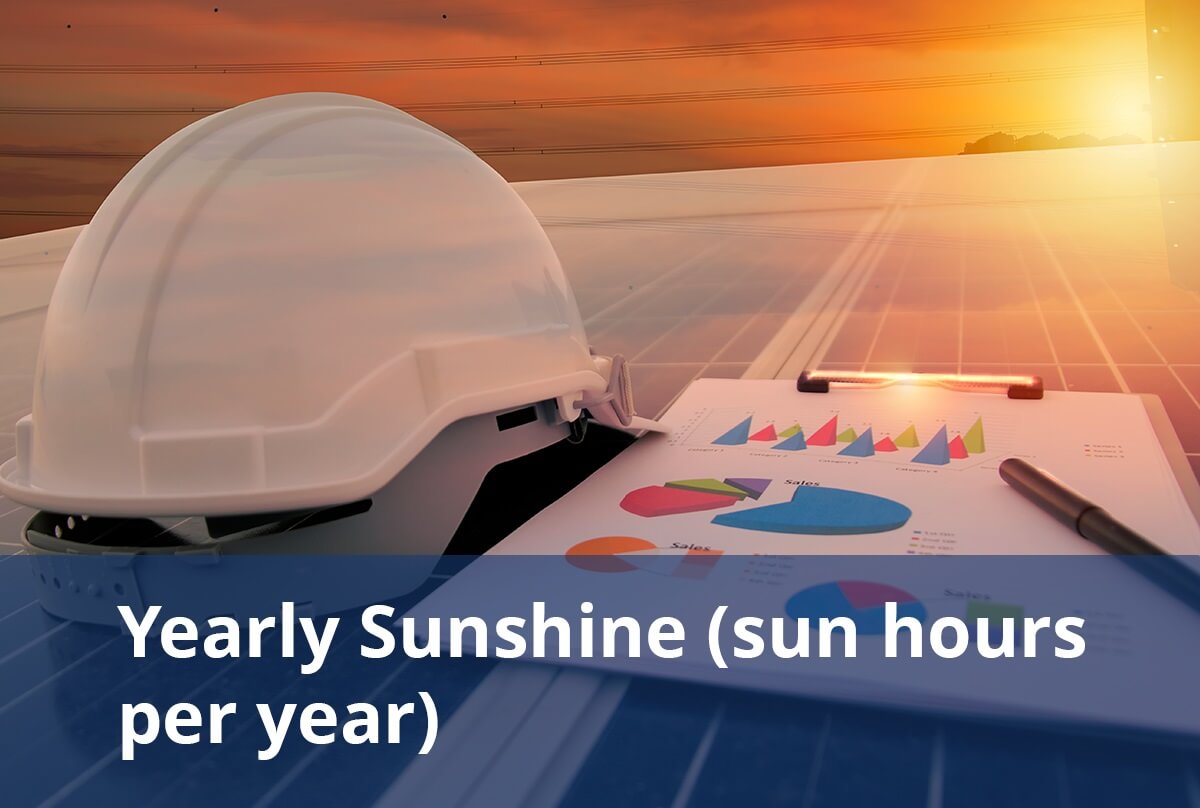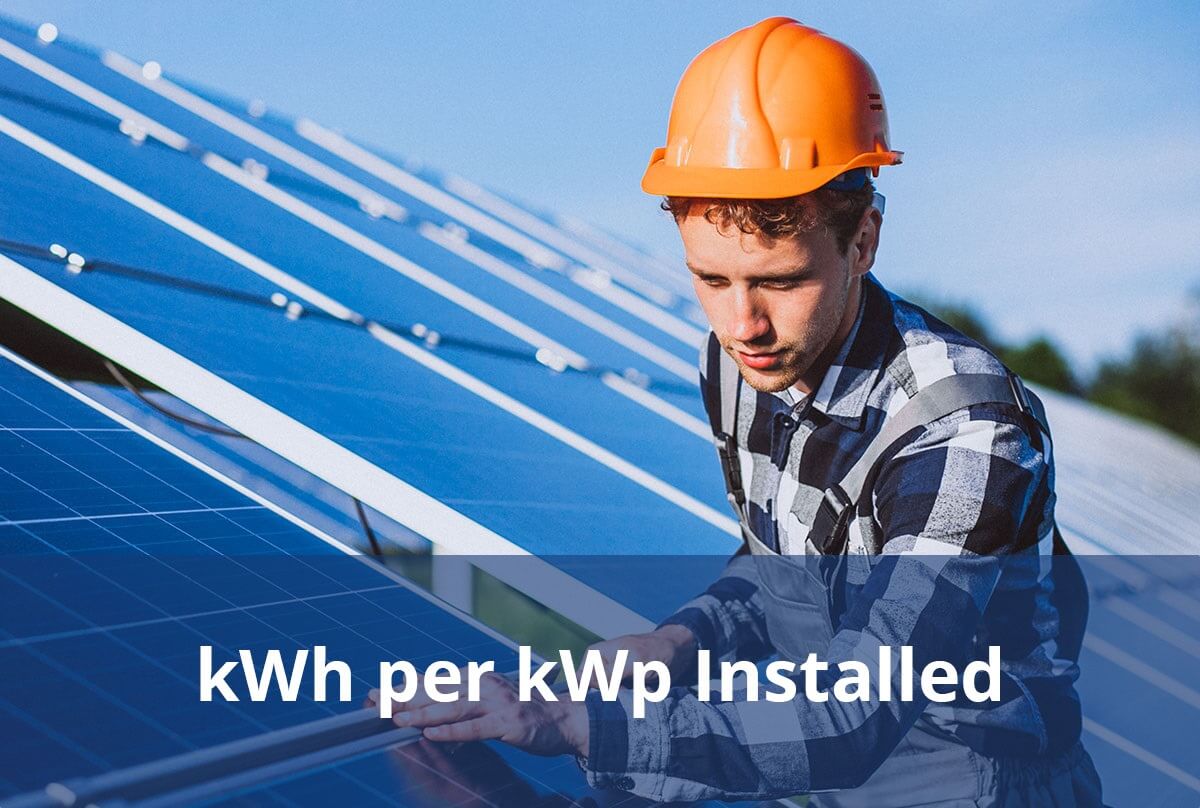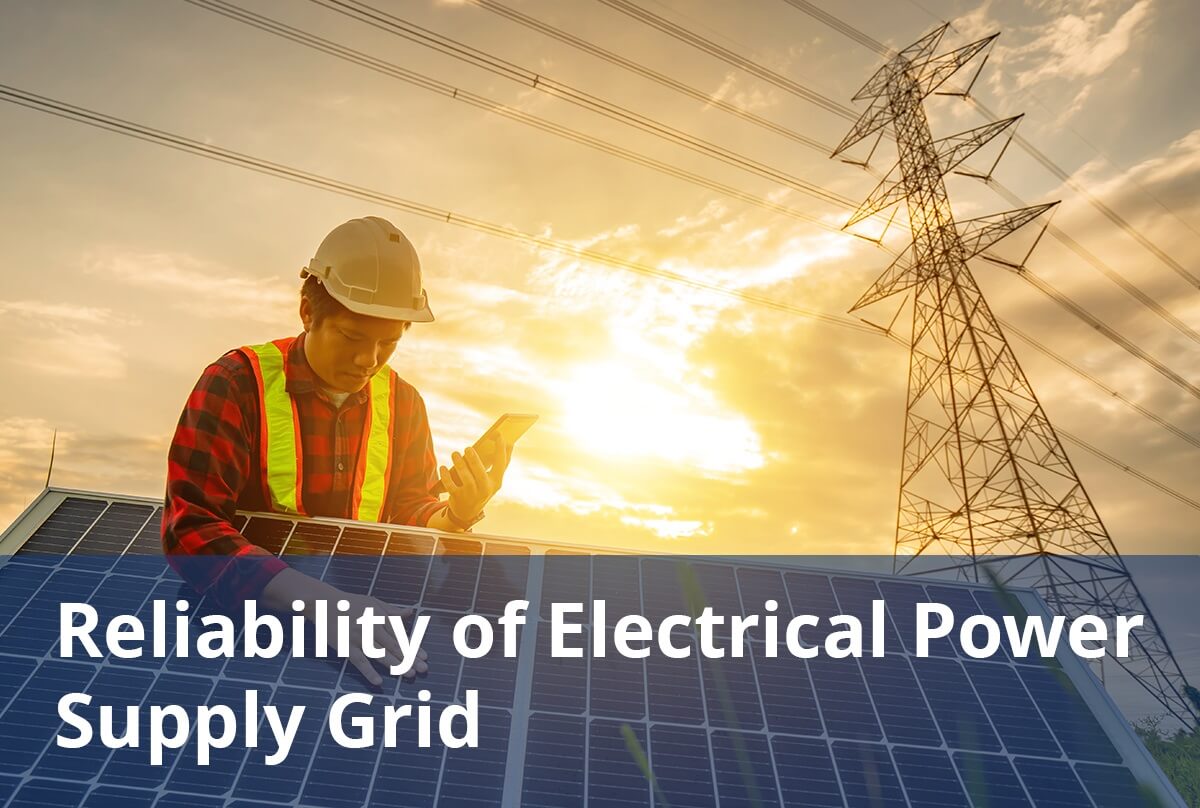Discover comprehensive insights into the statistics, market trends, and growth potential surrounding the solar panel manufacturing industry in East Timor
- Climates to Travel. Weather and climate in East Timor. https://www.climatestotravel.com/climate/east-timor
- International Renewable Energy Agency (IRENA). (2024, July 31). Energy profile Timor Leste. https://www.irena.org/-/media/Files/IRENA/Agency/Statistics/Statistical_Profiles/Asia/Timor-Leste_Asia_RE_SP.pdf
- Asian Development Bank. Country Partnership Strategy: Timor-Leste, 2016-2020. https://www.adb.org/sites/default/files/linked-documents/cps-tim-2016-2020-ssa-05.pdf
- Asian Development Bank. Timor-Leste: Power Distribution Modernization Project. https://www.adb.org/sites/default/files/linked-documents/49177-002-ssa.pdf
- Asiapacificenergy. (2011). TIMOR-LESTE: Strategic Development Plan 2011-2030. https://policy.asiapacificenergy.org/node/2168
- Asian Development Bank. (2023, November). Timor-Leste: Power Distribution Modernization Project. Asian Development Bank. https://www.adb.org/projects/49177-002/main
- AP3F. (AP3F059-PP021) Project Definition and Project Preparation Assistance: Solar Independent Power Producer Project, Democratic Republic of Timor-Leste. https://ap3f.adb.org/our-activities/ap3f059-pp021-project-definition-and-project-preparation-assistance-solar
- Nexstep. (2023, November 8). Lessons learned from development of the SDG 7 Roadmap for Timor-Leste. https://unece.org/sites/default/files/2024-01/Almaty Forum Presentation_Timor-Leste.pdf
- Market Development Facility. (2024). Timor-Leste offers a compelling opportunity to invest in solar energy. https://marketdevelopmentfacility.org/wp-content/uploads/2024/03/MV-TL_Going-Green_February-2024.pdf
- Database.earth (2021). Electricity Generation: Timor-Leste. https://database.earth/energy/electricity-generation/timor-leste
- Government of Timor-Leste. (2013). Electrification of the Nation continues with the Inauguration of Central Electric Betano. http://timor-leste.gov.tl/?p=8701&lang=en
- United Nations Development Programme (UNDP). Accelerating Clean Energy Access to Reduce Inequality & Access. https://www.undp.org/timor-leste/projects/accelerating-clean-energy-access-reduce-inequality-access
- Sinalda. Power Quality In East Timor (Timor-Leste). https://www.sinalda.com/world-voltages/asia/voltage-timor-leste/
- Government of Timor-Leste. (2010). Renewable Energies: Timor-Leste invests in Solar Panels. http://timor-leste.gov.tl/?p=3952&lang=en
- United Nations Sustainable Development Group. (2023, January 12). Solar-powered UN House lights way for a greener and more efficient Timor-Leste. https://unsdg.un.org/latest/stories/solar-powered-un-house-lights-way-greener-and-more-efficient-timor-leste
- GSOL Energy. (2024). East Timor (Timor-Leste). https://www.gsolenergy.com/projects/east-timor-timor-leste
- World Salaries. (2024). Solar Thermal Technician Salary in East Timor. https://worldsalaries.com/average-solar-thermal-technician-salary-in-east-timor/
- International Labour Organization. (2021). Timor-Leste Labour Force Survey 2021 Report. https://www.ilo.org/sites/default/files/wcmsp5/groups/public/%40asia/%40ro-bangkok/%40ilo-jakarta/documents/publication/wcms_863064.pdf
- TimeCamp. (2024). Average Salary in Timor-Leste (East Timor). https://www.timecamp.com/average-salary/timor-leste-east-timor/
- World Population Review. (2024). Timor-Leste Population 2024 (Live). https://worldpopulationreview.com/countries/timor-leste
- Moodys Analytics. (2024). Timor-Leste Lending Rate. https://www.economy.com/timor-leste/lending-rate
- World Bank. (2020, April 1). Timor-Leste – Water Supply and Sanitation Project. https://documents1.worldbank.org/curated/zh/240081587866528634/pdf/Timor-Leste-Water-Supply-and-Sanitation-Project.pdf
- United Nations Timor-Leste. (2023, January 12). Solar-powered UN House lights way for a greener and more efficient Timor-Leste. https://timorleste.un.org/en/215100-solar-powered-un-house-lights-way-greener-and-more-efficient-timor-leste
- Intelligent Energy Systems. (2024, June 4). FORMULATING A NATIONAL ELECTRICITY GRID CODE AND DEVELOPMENT OF A NET METERING POLICY IN TIMORLESTE. https://www.ctc-n.org/file-download/download/private/39522
- Electricidade de Timor-Leste. (2024). Who We Are. https://edtl-ep.tl/who-we-are/en/
- Tatoli. (2021, November 11). NAE.IP Introduces New Draft of Sustainable Energy Law. https://en.tatoli.tl/2021/11/11/nae-ip-introduces-new-draft-of-sustainable-energy-law/14/
- Government of Timor-Leste. (2010). Taxes and Duties Act, Decree Law No. 8/2008. http://timor-leste.gov.tl/wp-content/uploads/2010/03/Law_2008_8_Taxes_and_Duties_.pdf
- Renew. International Projects. https://renew.org.au/what-we-do/international-projects/
- Asian Development Bank. (2023, June). Creating A Utility Scale Solar IPP Project in Timor-Leste. https://asiacleanenergyforum.adb.org/wp-content/uploads/2023/06/Euna-Shim.pdf
- Solar Power Solutions. Solar Company in Timor-Leste. https://www.solarpspl.com/solar-company-in-timor-leste
- Tanfon. Tanfon 12KW Solar System Installed in Timor-Leste. https://www.tanfon.com/case/tanfon-12kw-solar-system-installed-in-timor-leste.html








